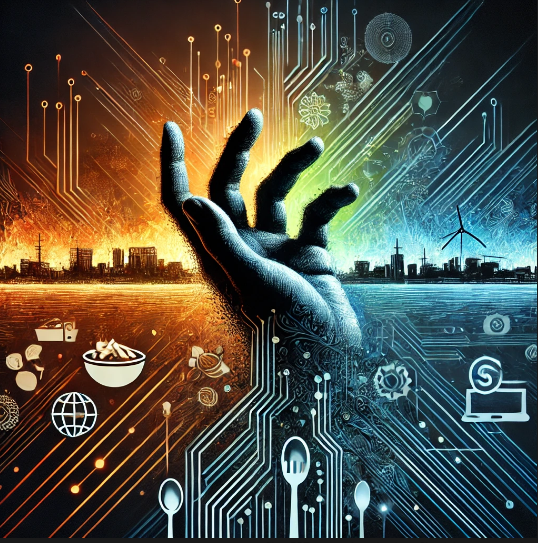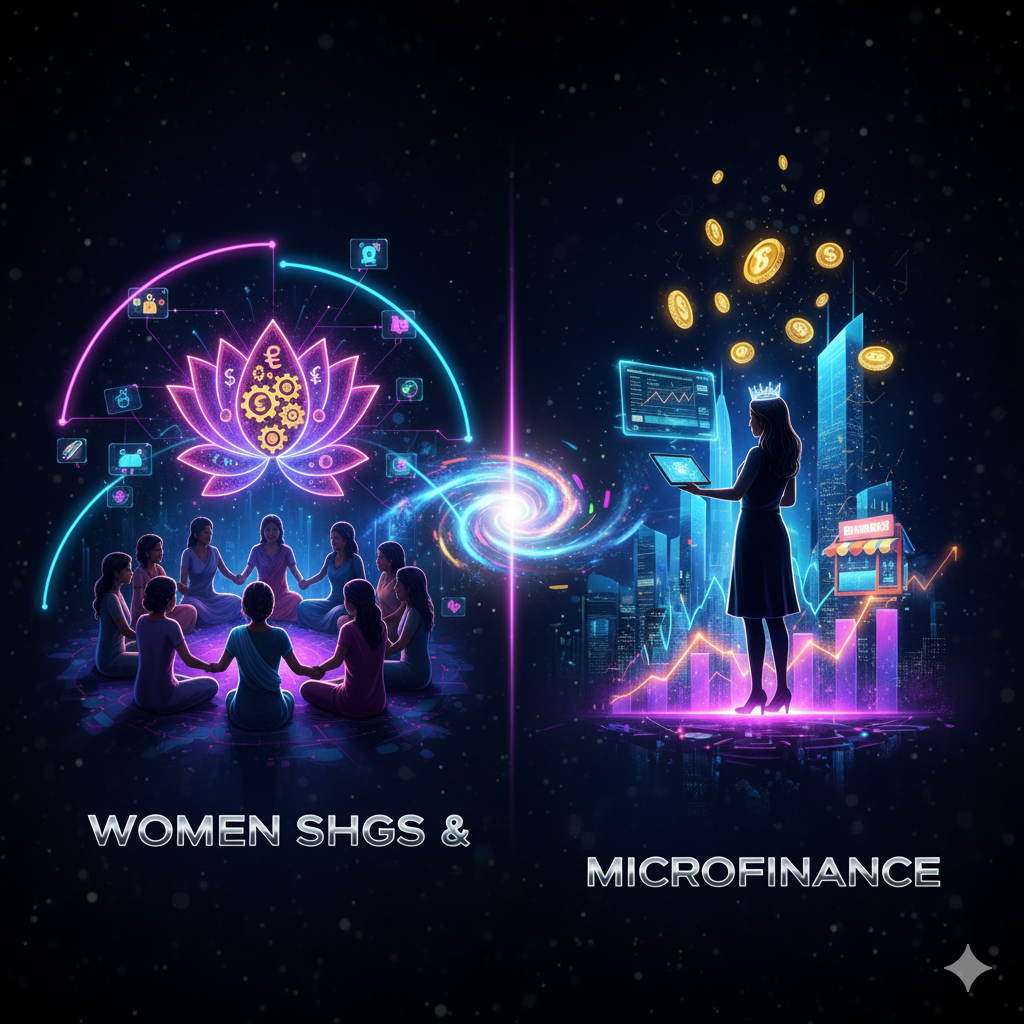Introduction
Poverty and hunger are among the most pressing global challenges, affecting millions of people across the world. Despite advancements in economic growth, scientific innovation, and policy reforms, a significant portion of the population continues to struggle for basic needs such as food, shelter, and healthcare. Addressing these issues requires a deep understanding of the fundamental causes and effective government interventions aimed at poverty and hunger eradication.
This article explores the root causes of poverty and hunger, their impact on society, and the government schemes implemented to combat these challenges, with a special focus on India.
Fundamental Causes of Poverty and Hunger
Poverty and hunger are complex, interrelated issues caused by economic, social, political, and environmental factors. Below are some of the most significant causes:
1. Economic Causes
a) Unemployment and Underemployment
- A major driver of poverty is the lack of stable employment opportunities.
- Many people, particularly in developing nations, work in the informal sector, earning low and inconsistent wages.
- Underemployment (where people work below their skill level or earn insufficient wages) also contributes to economic instability.
b) Low Wages and Income Inequality
- Many workers, particularly in agriculture and unorganized sectors, earn wages below the minimum living standard.
- Income disparity continues to widen, with a small percentage of the population holding a large proportion of wealth, limiting opportunities for lower-income groups.
c) Inflation and Rising Living Costs
- The increasing cost of food, healthcare, and housing reduces purchasing power, pushing many into poverty traps.
- Economic recessions and currency devaluation worsen poverty and hunger situations.
2. Social Causes
a) Lack of Education and Skills
- Education plays a crucial role in economic mobility, but many impoverished individuals lack access to quality education.
- A low literacy rate leads to fewer job opportunities, perpetuating the cycle of poverty.
b) Overpopulation and High Dependency Ratio
- Rapid population growth increases demand for food, jobs, and resources, often outstripping supply.
- A high dependency ratio (more dependents than working individuals) burdens households, leading to economic strain.
c) Gender Inequality
- Women in many parts of the world face unequal access to education, employment, and property rights.
- Gender-based wage gaps and social discrimination further push female-headed households into poverty.
3. Political and Structural Causes
a) Corruption and Poor Governance
- Misallocation of public resources, bureaucratic inefficiencies, and corruption hinder the effectiveness of poverty alleviation programs.
- Lack of transparent governance prevents fair distribution of wealth and social benefits.
b) Inadequate Social Safety Nets
- Many developing countries lack comprehensive welfare systems, leaving vulnerable groups (elderly, disabled, and unemployed) without financial assistance.
- Poor implementation of subsidies and welfare programs limits their impact.
c) Landlessness and Poor Agricultural Policies
- In many rural regions, small farmers do not have land ownership rights, limiting their ability to grow food and earn a livelihood.
- Outdated agricultural policies, lack of modernization, and low investment in farming lead to low productivity and food insecurity.
4. Environmental and Health-Related Causes
a) Climate Change and Natural Disasters
- Droughts, floods, and changing weather patterns disrupt agriculture, reducing food production and increasing hunger.
- Extreme weather events destroy infrastructure, homes, and livelihoods, pushing more people into poverty.
b) Poor Health and Malnutrition
- Malnutrition weakens the immune system, leading to chronic illnesses, reducing work productivity, and increasing healthcare costs.
- The spread of diseases, particularly in unhygienic living conditions, exacerbates economic instability.
c) Lack of Clean Water and Sanitation
- Poor access to safe drinking water and sanitation leads to diseases, impacting workforce efficiency and economic growth.
Impact of Poverty and Hunger
- Health Issues: Malnutrition, diseases, and low life expectancy.
- Poor Education Outcomes: Low literacy rates and fewer employment opportunities.
- Crime and Social Unrest: Poverty often leads to high crime rates and civil unrest.
- Economic Burden on Government: Increased spending on welfare programs and healthcare.
- Decline in National Development: Poor human capital hinders economic progress and global competitiveness.
Government Schemes to Eradicate Poverty and Hunger
Governments across the world have implemented various social welfare programs to tackle poverty and hunger. Below are some of the major Indian government schemes aimed at addressing these challenges:
A. Employment and Livelihood Programs
1. Mahatma Gandhi National Rural Employment Guarantee Act (MGNREGA)
- Provides 100 days of guaranteed wage employment to rural households.
- Aims to improve rural livelihood security through manual labor projects like road construction and irrigation work.
2. Pradhan Mantri Kaushal Vikas Yojana (PMKVY)
- Focuses on skill development to enhance employability.
- Offers training programs for youth in various industries.
3. Start-Up India & Stand-Up India
- Promotes entrepreneurship and self-employment.
- Provides funding support, tax benefits, and skill training for start-ups.
4. Deen Dayal Antyodaya Yojana (DAY-NULM & DAY-NRLM)
- Targets urban and rural poor through skill development and self-employment initiatives.
- Promotes microfinance and self-help groups (SHGs).
B. Food Security and Nutrition Programs
1. National Food Security Act (NFSA)
- Provides subsidized food grains to poor families through the Public Distribution System (PDS).
- Covers over 80 crore beneficiaries.
2. Mid-Day Meal Scheme
- Offers nutritious meals to school children, improving health and encouraging education.
3. Poshan Abhiyaan (National Nutrition Mission)
- Focuses on reducing malnutrition among children and pregnant women.
- Aims to achieve better health outcomes through nutritional interventions.
4. Pradhan Mantri Garib Kalyan Anna Yojana (PMGKAY)
- Provides free food grains to poor families, particularly during crises like the COVID-19 pandemic.
C. Financial Inclusion and Social Security Programs
1. Pradhan Mantri Jan Dhan Yojana (PMJDY)
- Promotes financial inclusion by providing bank accounts to the unbanked population.
- Enables direct benefit transfers (DBT) for welfare schemes.
2. Pradhan Mantri Awas Yojana (PMAY)
- Aims to provide affordable housing to the poor.
- Targets slum rehabilitation and low-income housing.
3. Ayushman Bharat – PM Jan Arogya Yojana (PM-JAY)
- Provides free healthcare coverage up to ₹5 lakh per family per year.
- Aims to reduce medical expenses for the poor.
4. National Social Assistance Programme (NSAP)
- Offers pensions and financial support to elderly citizens, widows, and disabled individuals.
Challenges in Implementing Poverty and Hunger Eradication Programs
- Corruption and Leakages: Many schemes suffer from fund mismanagement and leakages in the distribution system.
- Lack of Awareness: Many beneficiaries are unaware of government programs.
- Inefficient Targeting: Some deserving individuals do not receive benefits due to bureaucratic hurdles.
- Infrastructure Gaps: Poor digital and physical infrastructure delays effective implementation.
Conclusion
Poverty and hunger are deeply rooted challenges that require multi-dimensional solutions. While government schemes have played a crucial role in reducing poverty and improving food security, continued efforts in policy reforms, infrastructure development, and corruption control are necessary.
For sustainable poverty eradication, governments, private sectors, and civil society must work together to ensure inclusive economic growth, equitable resource distribution, and social welfare improvements.




